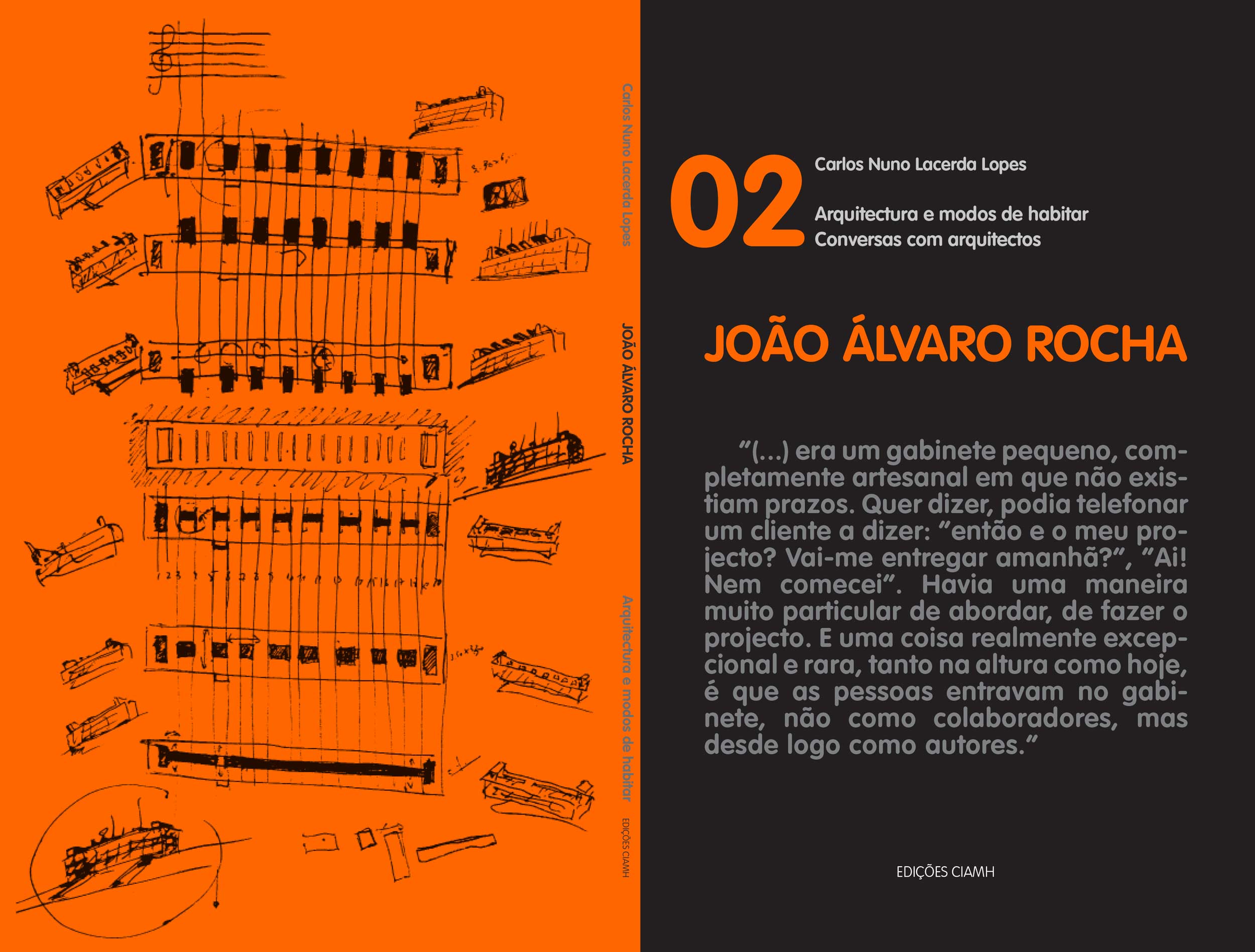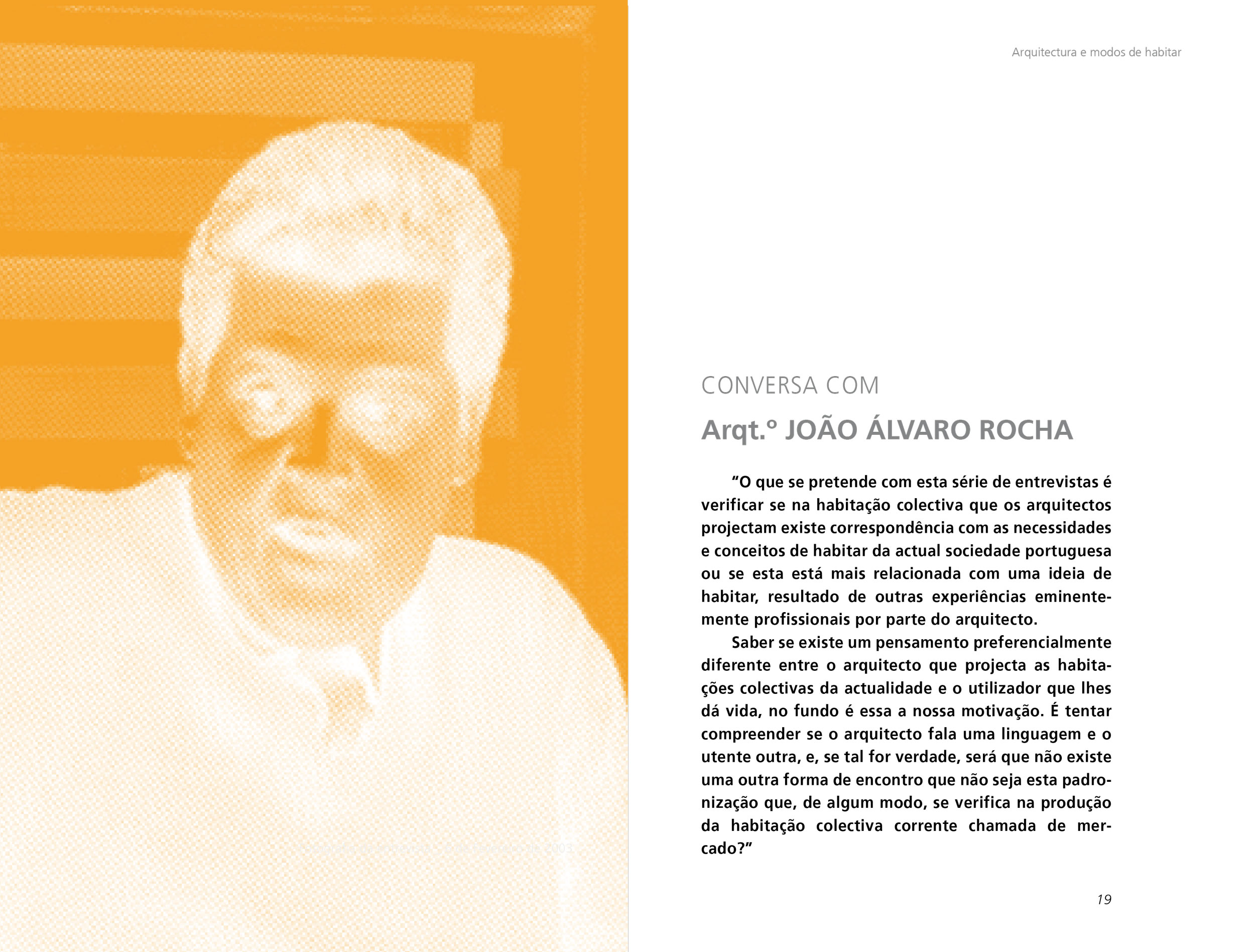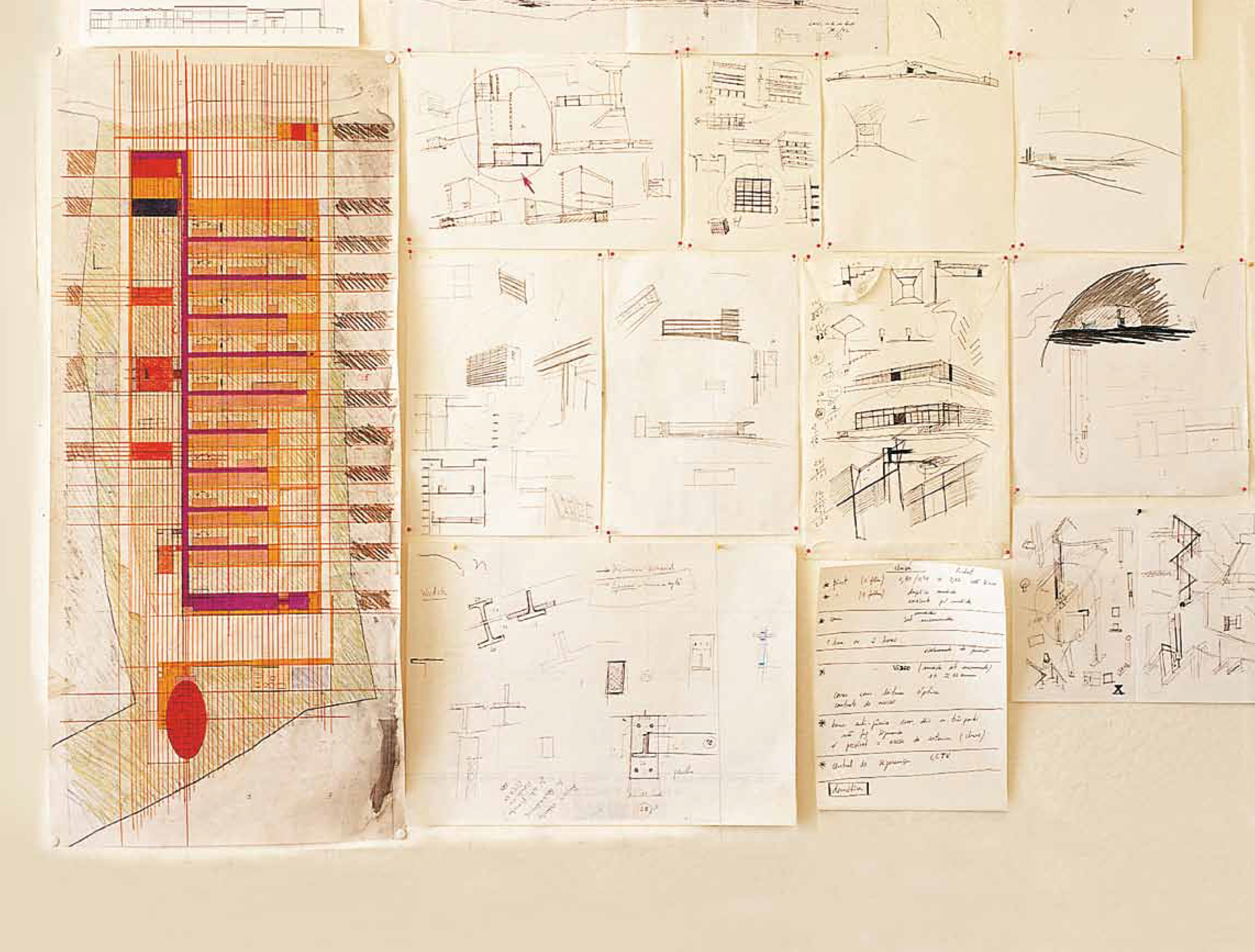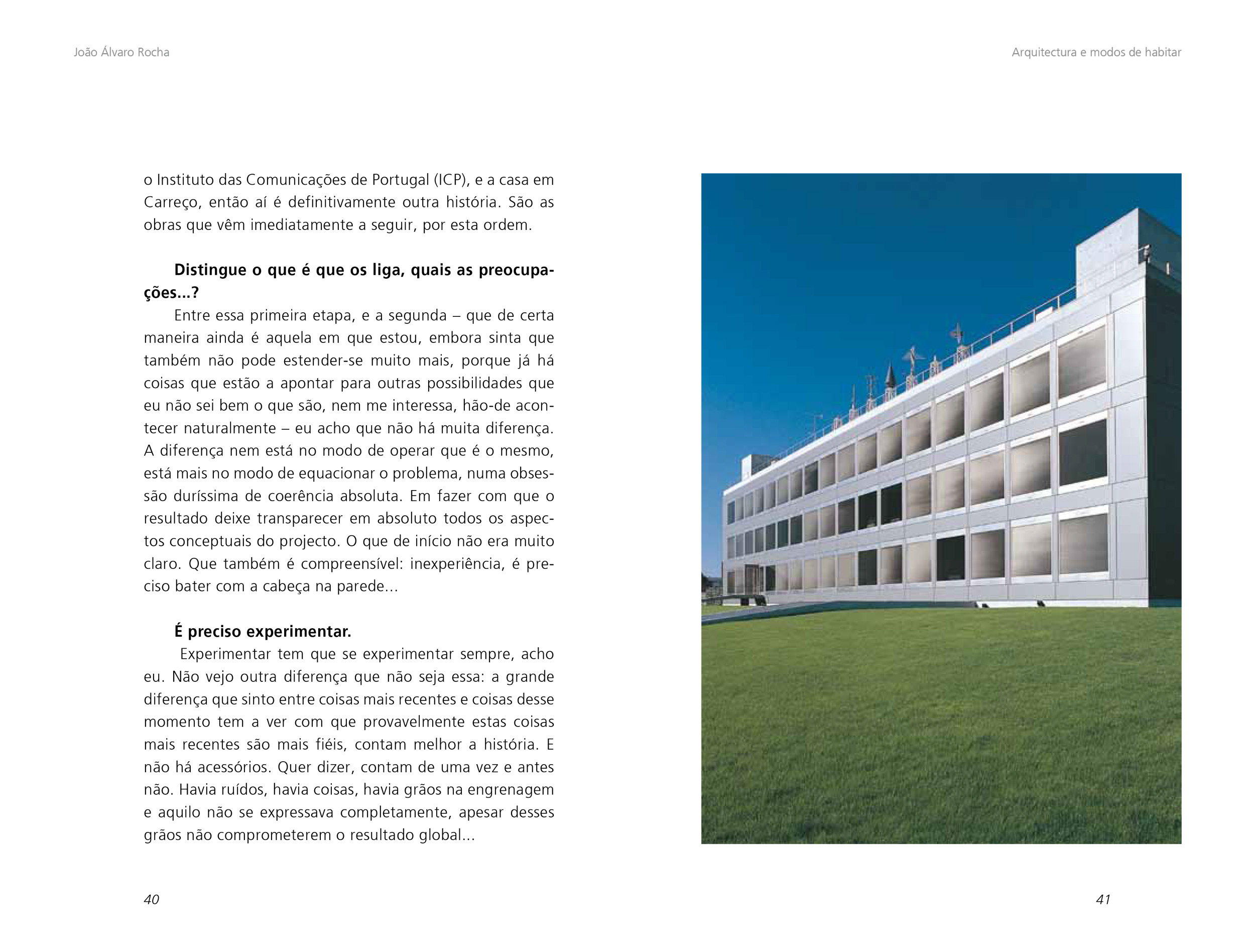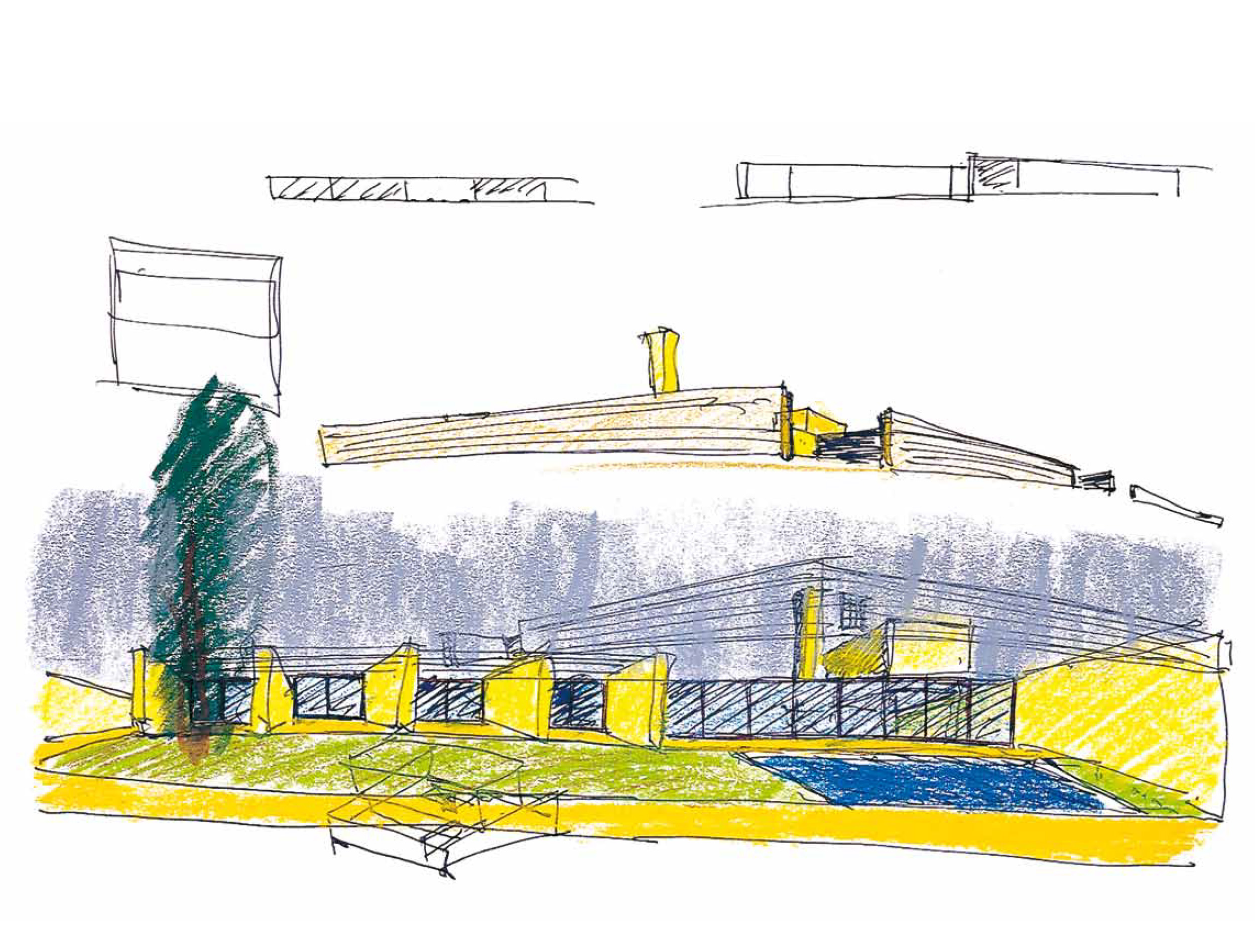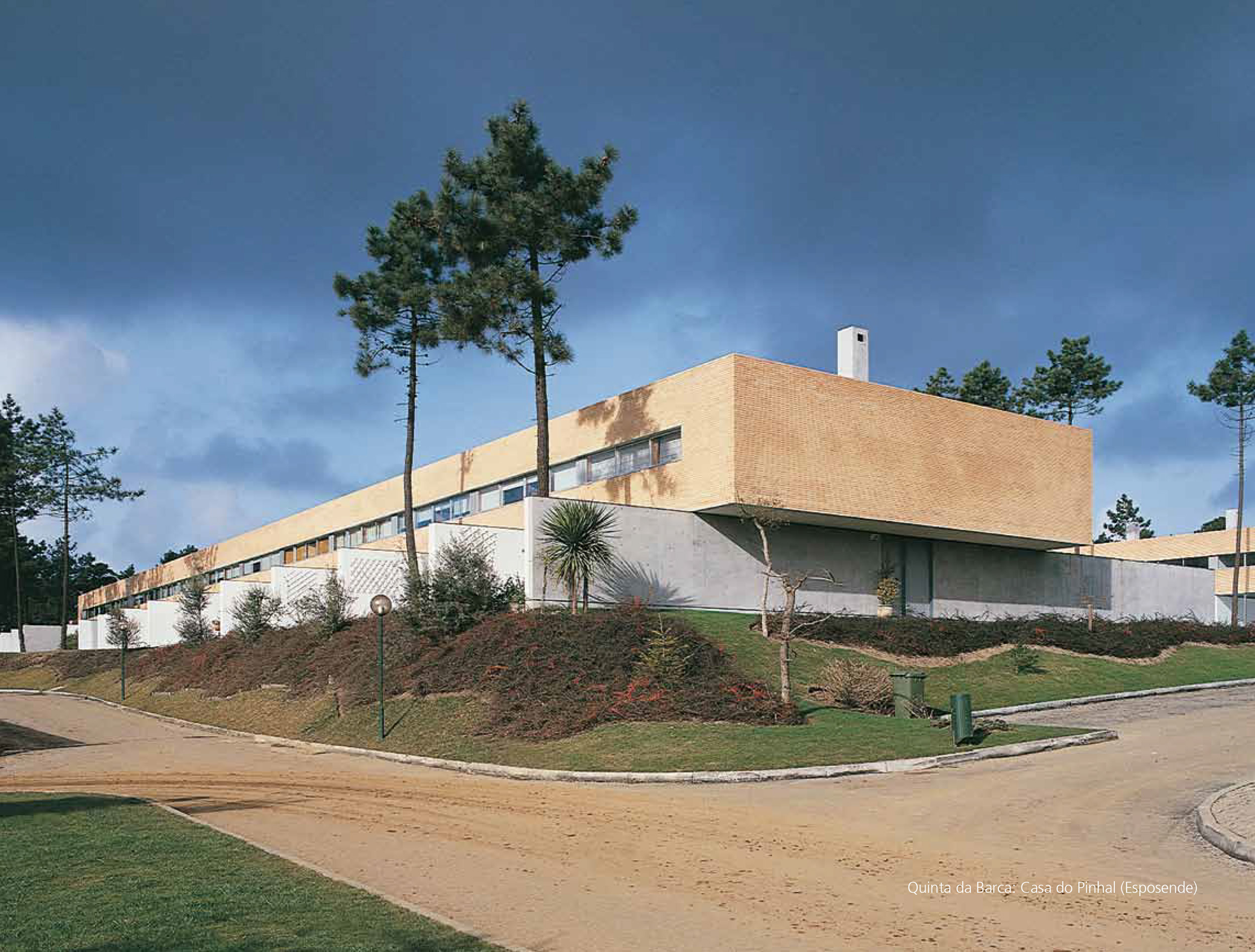ISBN
978-989-98073-1-0
Edition
CIAMH, FAUP
Year
2013
Number of pages
120
Dimension
14,5x22cm
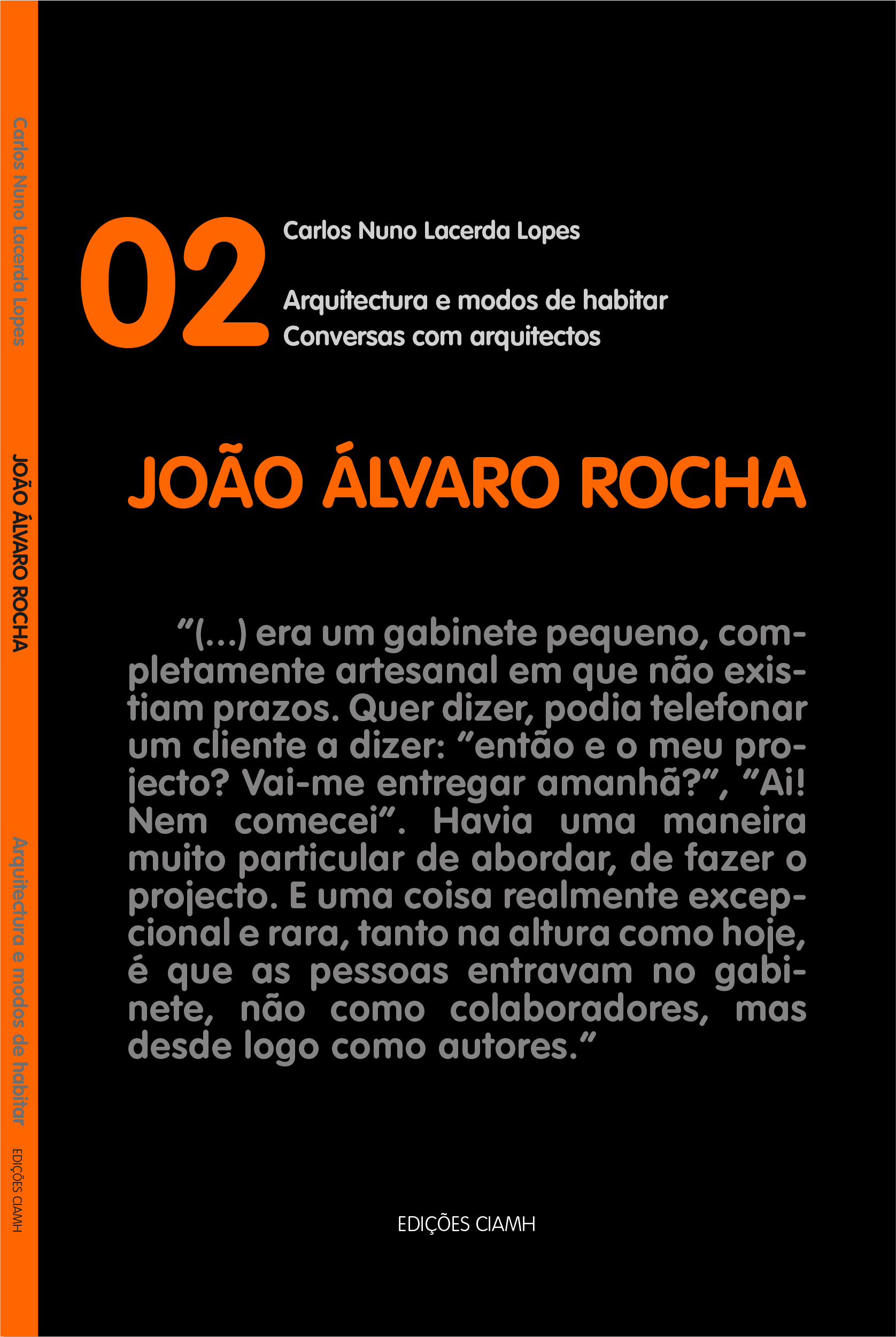
ISBN
978-989-98073-1-0
Edition
CIAMH, FAUP
Year
2013
Number of pages
120
Dimension
14,5x22cm
“This is a collection of interviews by architect Nuno Lacerda Lopes. They are conversations between architects of the School of Oporto where the process of building an ideal of architecture, profession, society and school is sought, based on a personal and open reflection and even clarify the theoretical and practical concerns as well as the circumstances that underlie Portuguese architecture today”.
Excerpt
“Good afternoon, architect João Álvaro Rocha. One of the most referenced Portuguese architects, with a remarkable experience in the field of multi-family housing, and also in other types of works, such as public facilities, of various sizes, where I highlight the National Laboratory of Veterinary Research (LNIC), in Vairão, Vila do Conde, deserving an international award, among many. But it is mainly architecture and ways of living, housing and collective housing that I would like to talk about today. Especially the PER cases (special re-housing programme) that you have been building in recent years. I would like to start by asking you: what was your education and what were your first or greatest influences?
My degree – Oporto School, Fine Arts (still) – the famous model that made, posteriorly, the school known. The school of drawing, of the idea of being in place, of Siza. That is my education. Naturally, like in all education, with a positive and a negative aspects.
I would say that what I retain from the school (and what I think is the obligation of each and every school), and that for me, in my education, it was clear: the school gave me the capacity to (be), to know how to face any kind of situation and to know which path to choose in the face of the situation.
Naturally, it gave me some means: the famous drawing, an instrument of all this discourse that is known, known and, at the moment, already quite worn out. So, the question of influences or half influences, influences we all have since the day we were born. The cradle marks soon.
Naturally, during this educational period, I think it’s absolutely legitimate and perfectly natural to talk about Siza’s influence. It’s direct. I would even say that, in the first instance, it is completely unconscious. It is assimilated without knowing why, and, therefore, it doesn’t even assimilate, it reproduces. I was a student of Siza in the last year of the course. I was a student of half a dozen classes, because that corresponded to the period in which he began to be more called abroad, and consequently to have less time available. But actually those six classes did happen.
They were absolutely fundamental for me. Not so much for what was said, but more for what was not said. I remember perfectly one lesson (he was a construction professor and not a project professor) very early in the morning. It was some pranks that he was making: he arrived at 9am and there was nobody there, at 9.10am he left because nobody came (because he was going to catch a plane at 9.30am). In that class, we were talking about a window, a sill, the problem of the thickness of the sill, the material, the thickness of the aperture, if it’s in the middle, the thickness of the wall… And in ten minutes we were already at the implantation.
I remember perfectly that, at the end of those ten minutes, (it doesn’t matter what the conclusion of that conversation is, what interests me is what I retained) I realised “this can’t be anything like this, it has to be everything else”. I would say that, truly, my interest and my perception of what architecture is began at that time. Later, there is a second moment, which is also fundamental for me in terms of training (and I always see this as training): it was the architect Jorge Gigante.
My passage through his office was fundamental for me. Not so much because of the projects themselves, not so much because of the work they did – he and Francisco Melo – but fundamentally because of the way he was, the way he acted in terms of architecture…”.
